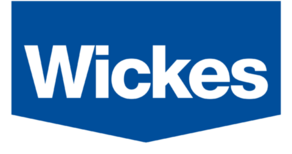Delivery approach
Scoping
Utilising a tried and tested approach to delivery, Elevation’s first step was to strategically decompose the system into features and then into epics to properly scope and size. Our team of solution architects and development experts collaborated with Wickes' business product owner and architects. Together, we aimed to gain a deeper understanding of the system, negotiate the scope at a high level, agree on a technical approach, and produce estimates for each epic.
Creating the delivery plan
The team at Elevation created a delivery plan using our lightweight implementation of the Scaled Agile Framework. To estimate the size of each epic, we used comparative relative estimation in 'epic points', which could then be converted to story points. We accounted for dependencies and our known velocity while building the delivery plan. Additionally, we included a regular release cadence and ensured that the necessary elements, such as transition to support, documentation, and test strategy, were included in our definition of done.
Discovery
After agreeing on a plan, we moved on to the next level of detail - discovery. Since Elevation followed the Agile approach, we only conducted discovery for each epic a sprint or two before it was set to go into development. In these workshops, we aimed to address any questions related to requirements or technical approaches. We worked closely with Wickes' architect and product owner to understand and document the requirements using the Behaviour Driven Development approach, which involves specifying the requirements through the Gherkin syntax (Given/When/Then).
Technical planning and build
We completed the discovery process for each epic and wrote individual user stories for it in technical planning workshops. These user stories were then ready for development in upcoming sprints. We also reviewed our low-level estimations against the high-level ones and consulted the project manager if there were any changes. With this process completed, the team started development with the support of technical leads and technical consultants who ensured good technical governance.
